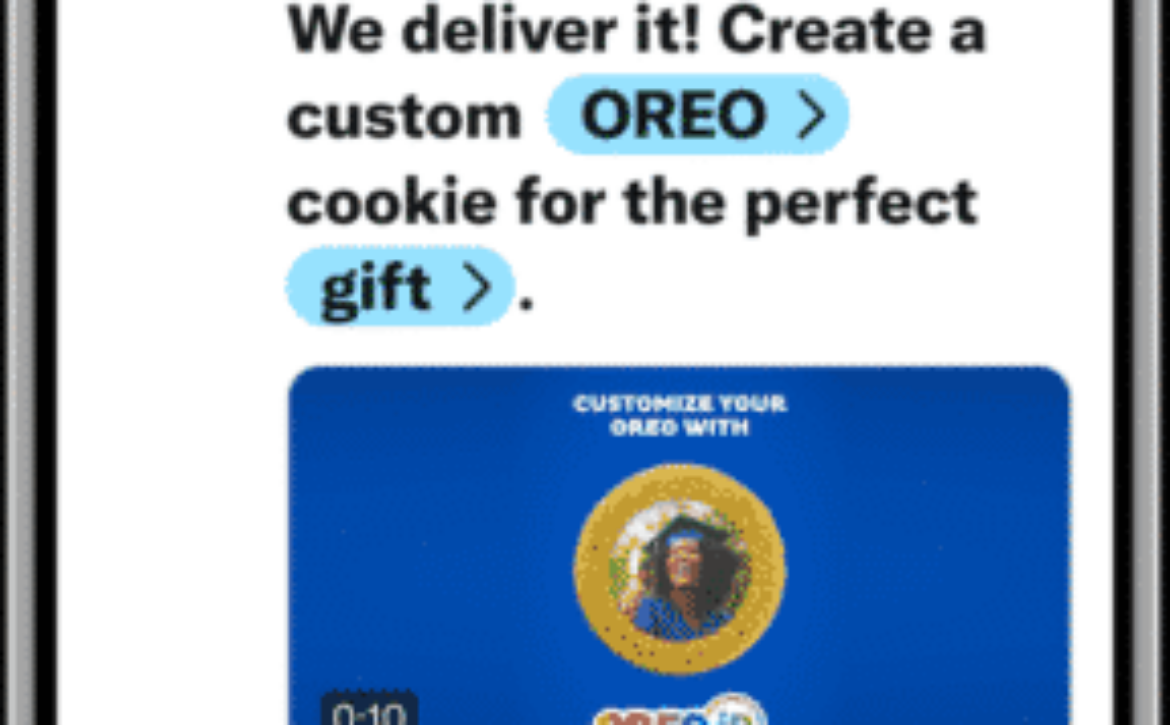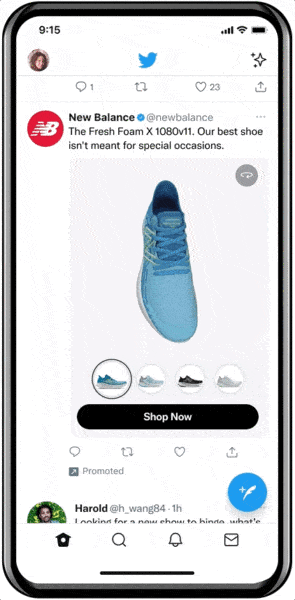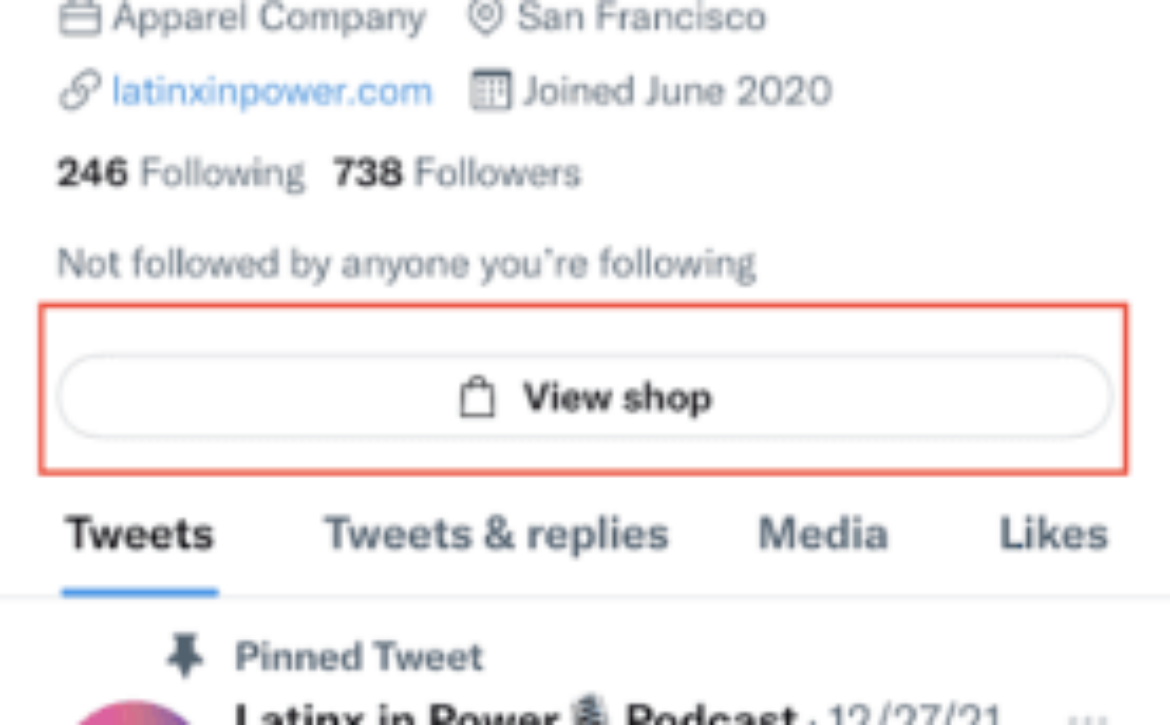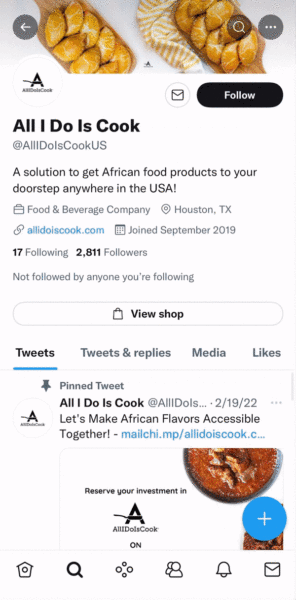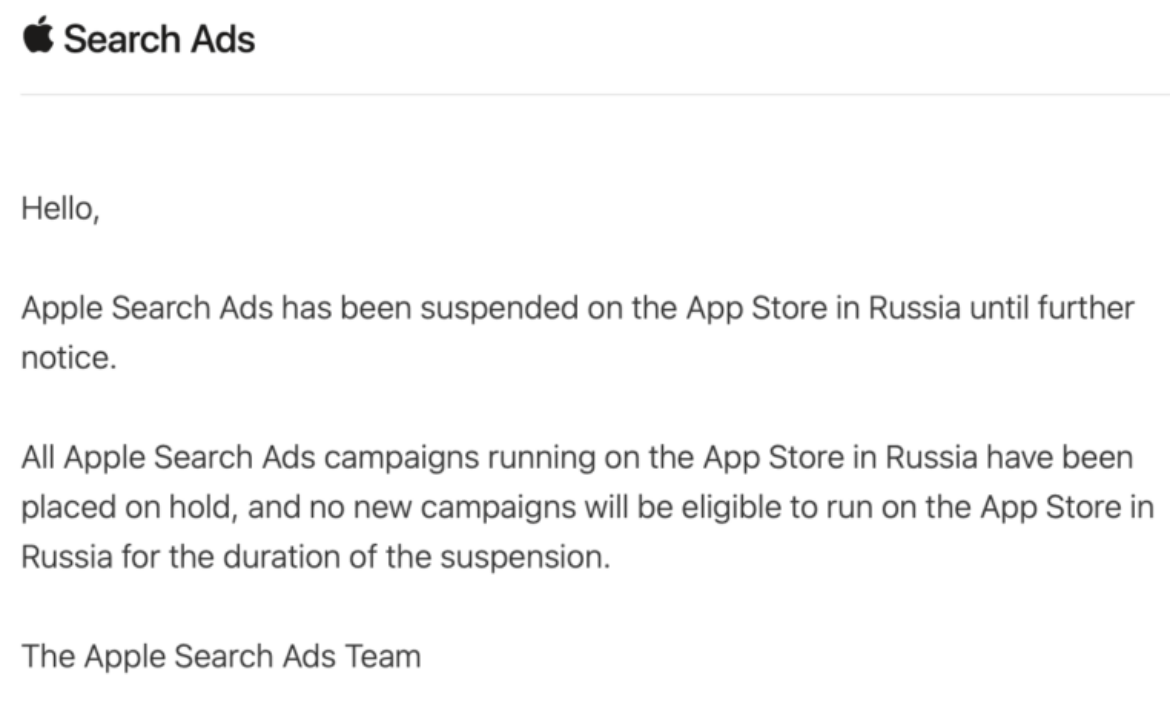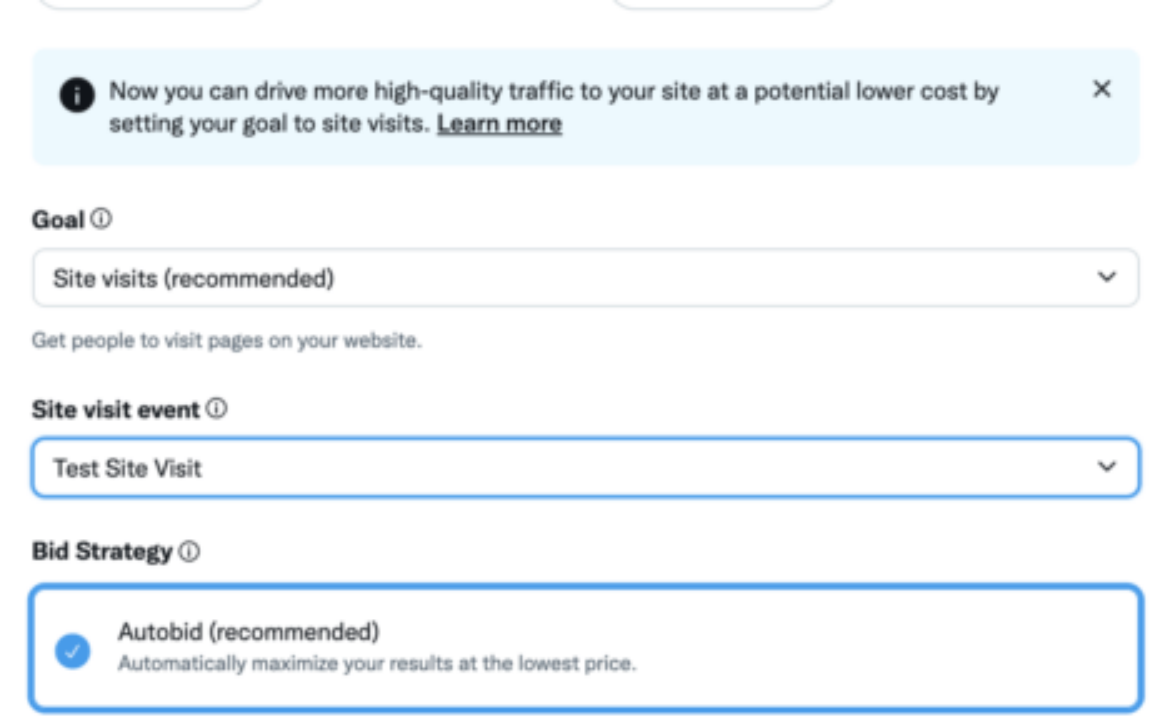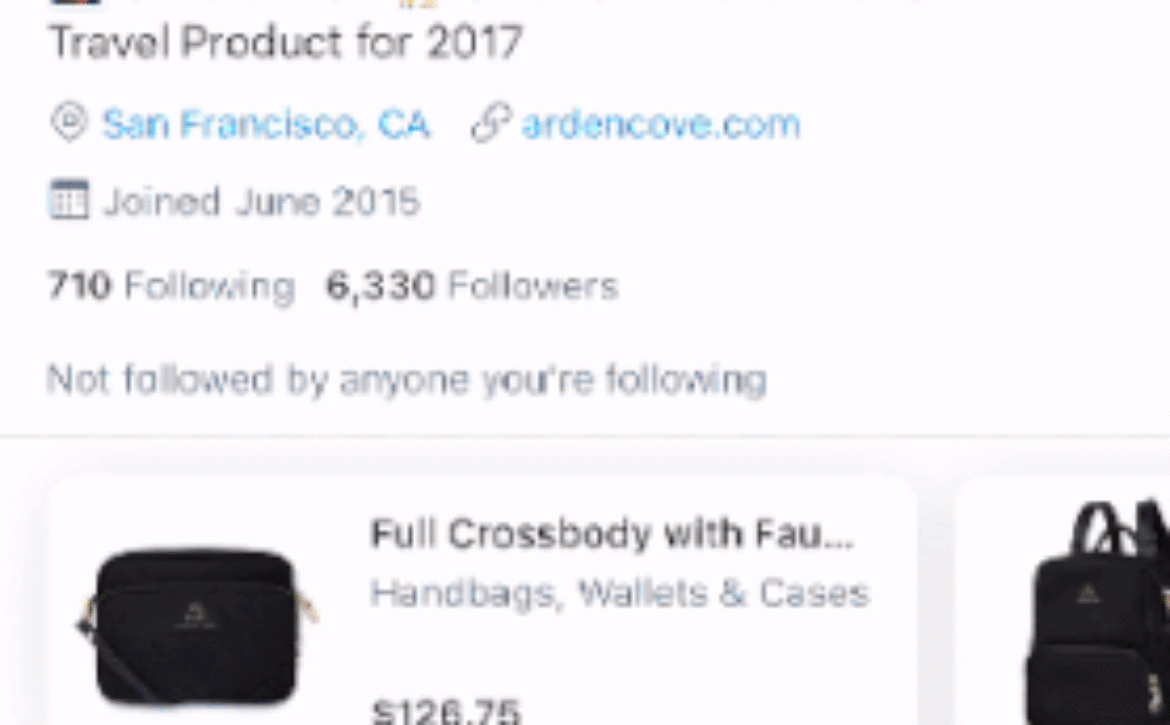Twitter will let you leave a conversation through ‘unmentioning’
Twitter is rolling out a feature to let you leave a conversation on Twitter with what the company calls “Unmentioning.” The company announced this on Twitter saying “we’re experimenting with Unmentioning—a way to help you protect your peace and remove yourself from conversations—available on Web for some of you now.”
What is unmentioning. Unmentioning is a way to remove yourself from an ongoing Twitter conversation without communicating to the people on that conversation that you left. We are all stuck on these threads on Twitter that may not be relevant to us or might just be something you don’t want to be associated with. Twitter is addressing this annoyance with a feature to unmention yourself.
This feature removes the tag of your Twitter handle from any tweet and in the future prevents you from being tagged in any replies or receiving further notifications from that tweet. This does not stop you from viewing the Twitter thread. It does change your Twitter name to a gray color. And no, you cannot undo this, so if you leave a Twitter conversation, you cannot join it again right now.
What it looks like. Here is a screenshot showing how you can click on “leave this conversation” on a Twitter thread that mentions you to leave that conversation.
When will I see it. Twitter said this feature is currently available for some users on the web platform. It should roll out slowly to more users and on other platforms.
Why we care. On the brand side, removing your brand from a conversation that may be perceived as negative, when your brand has nothing to do with the conversation might make sense. From a consumer perspective, sometimes you just don’t want to be part of a conversation, for a number of reasons and now you have that option.
The post Twitter will let you leave a conversation through ‘unmentioning’ appeared first on Search Engine Land.



